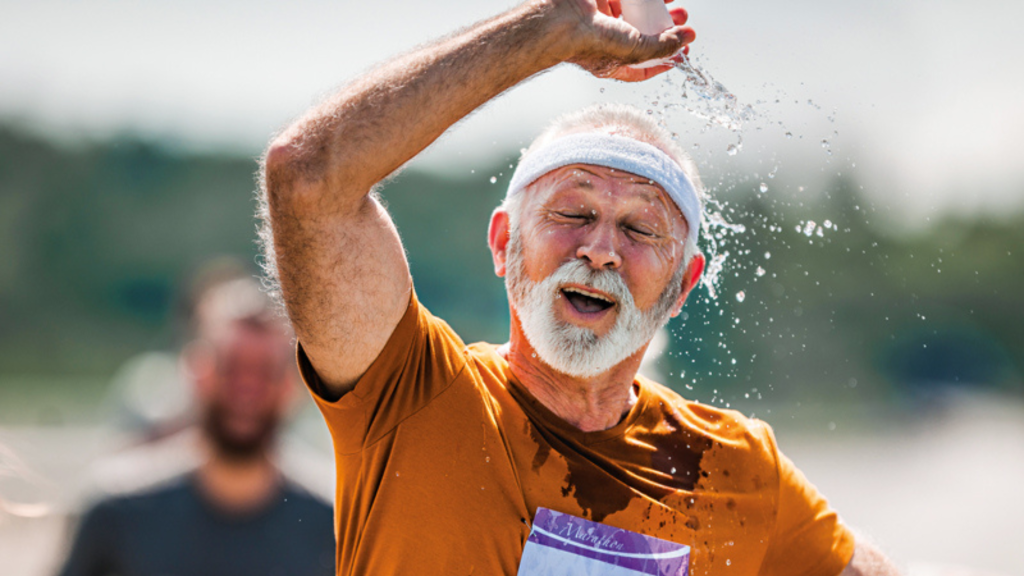
Longevity is a complex interplay of various factors, some modifiable and others innate. While exercise is often touted as a key contributor to a longer, healthier life, a recent study from the University of Jyväskylä suggests that the impact of exercise might be intertwined with broader lifestyle habits. This study, currently under peer review, explores the relationship between leisure-time physical activity and mortality risk, challenging the assumption that exercise alone significantly influences lifespan.
1. Multifaceted Aspects of Longevity:
Living a long and healthy life involves a combination of both unalterable factors such as genetics and gender and modifiable habits, including nutrition, physical activity, stress management, smoking cessation, and adequate sleep. This study aims to dissect the nuanced relationship between exercise and mortality in the context of other lifestyle factors.
2. Exercise Alone Might Not Be the Decisive Factor:
The research, led by Ms. Anna Kankaanpää from the University of Jyväskylä, challenges the notion that exercise is the sole determinant of lifespan. Previous studies have shown conflicting results, with some indicating a clear link between exercise and reduced mortality, while others suggest exercise alone might not be the decisive factor.
3. Genetic Influences and Contradictory Findings:
A prior study at the University of Jyväskylä hinted at genetic influences impacting the association between exercise and mortality risk. This new research seeks to explore the reasons behind this potential discrepancy. Contradictory findings from studies, including those indicating no reduction in mortality with exercise in certain populations, prompt a deeper investigation into underlying factors.
4. Extensive Twin Cohort Study:
The study leverages data from the Finnish Twin Cohort, incorporating information from over 11,000 sets of adult twins. Assessment of physical activity levels through questionnaires spanning several years provides a robust foundation for understanding the long-term impact of exercise on mortality risk.
5. Beyond Exercise: Other Lifestyle Factors:
Upon analysis, the researchers discovered that participants in active groups exhibited a 15% to 23% lower all-cause mortality risk compared to the sedentary group. However, when factoring in additional lifestyle elements such as body mass index, health status, alcohol use, and smoking status, the mortality rate in the sedentary group decreased significantly.
In navigating the complexities of longevity, this study challenges the conventional wisdom surrounding exercise as the primary determinant of a longer life. Instead, it suggests that exercise is intertwined with broader lifestyle choices, acting as an indicator rather than a singular cause of reduced mortality. Emphasizing the synergy of various health-promoting habits, the research calls for a balanced and holistic approach to promote healthier and longer lives.





